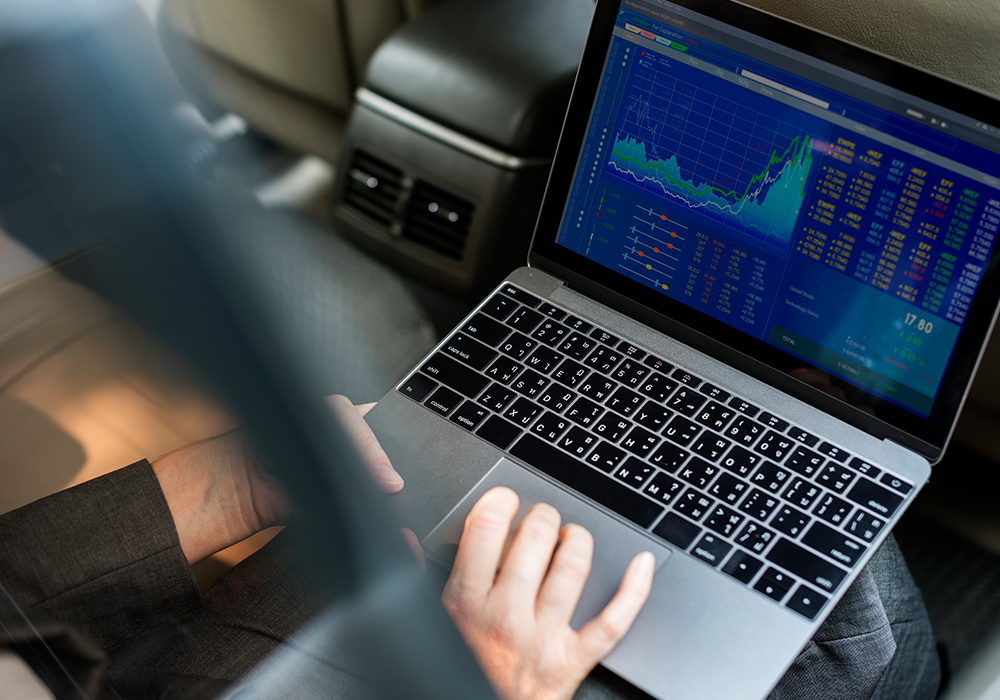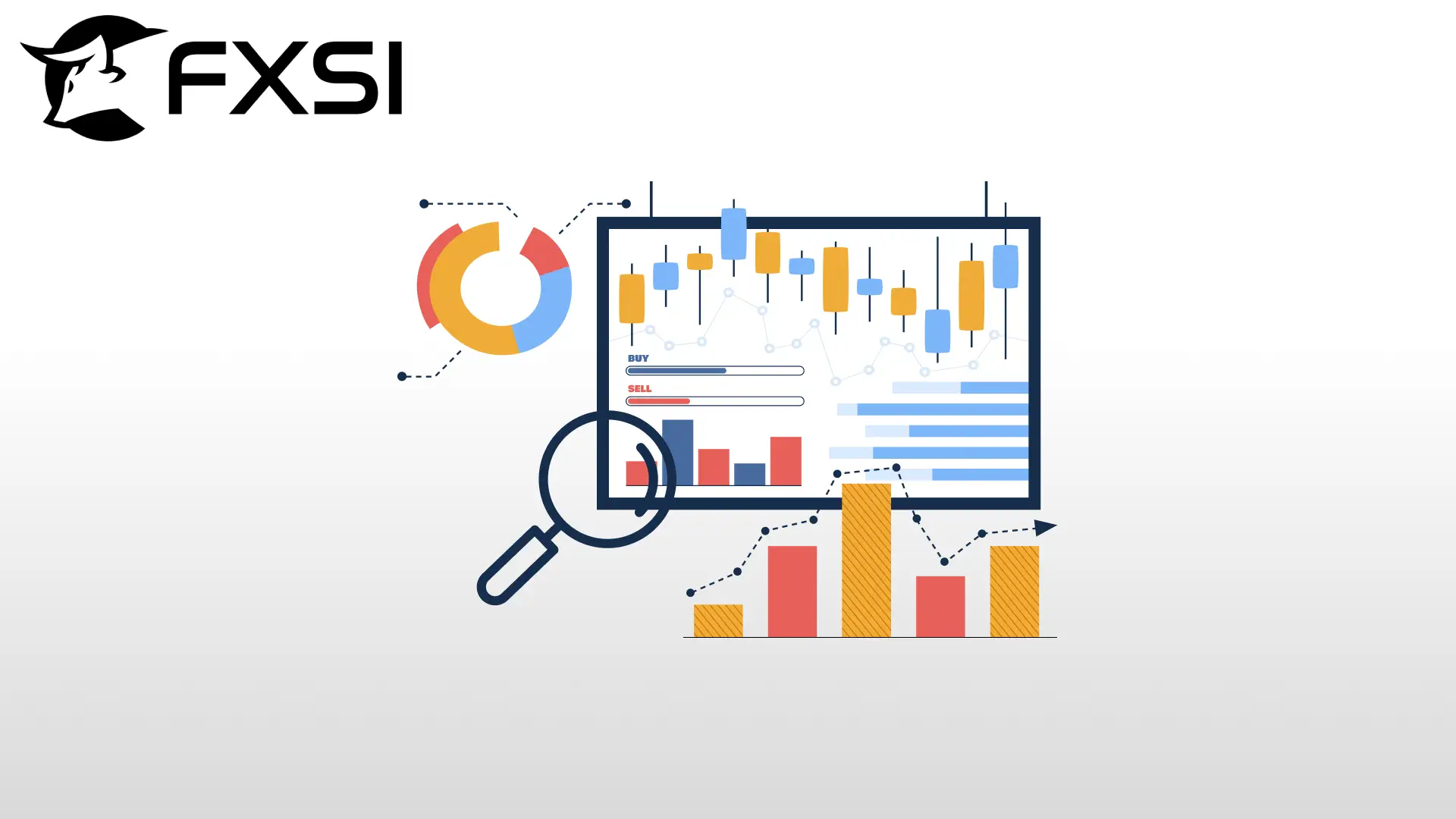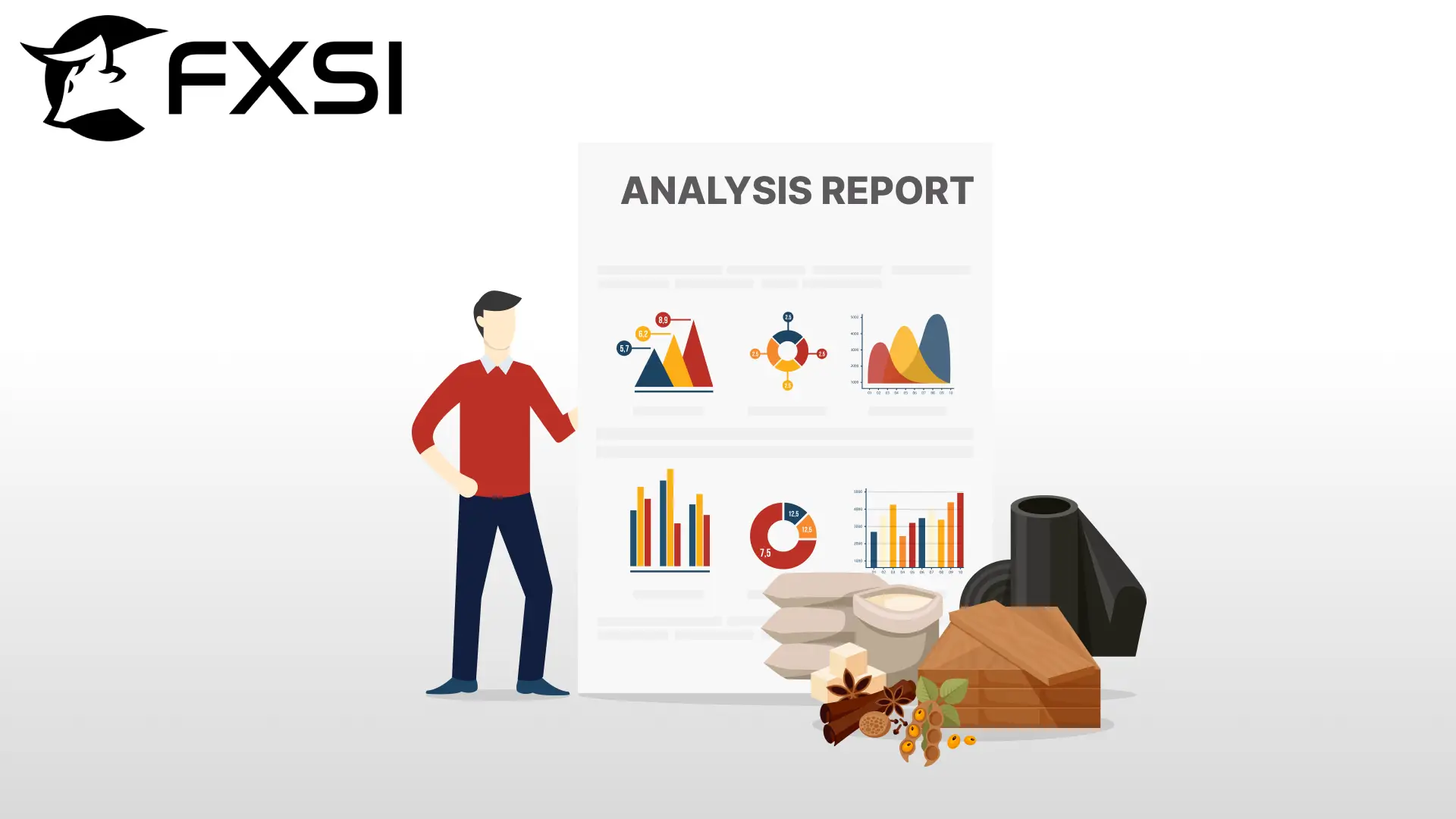Leverage, in cryptocurrency trading, gives a trader an exceptional opportunity to control huge positions with relatively small capital. It can magnify profit, but at the same time, it can amplify losses if not dealt with cautiously.
In the world of cryptocurrency, which is very volatile, and where prices tend to fluctuate within a pretty short time frame, leverage requires strict risk management discipline if one wants to avoid great losses. Below is a guide to leveraging crypto trading without taking on too much risk, with a core focus on strategies for safeguarding one’s investments.

Understanding Leverage in Cryptocurrency!
The concept of leverage generally means using borrowed money to increase your position in a trade. Supposing you traded with 5x leverage, you would then be in very good control of a position that is five times as huge as your initial investment. By using leverage, traders with much smaller capital can reach far larger trades with the intention for earning greater profits.
Of course, that means that you should understand the leverage, which amplifies not only your gains but the potential losses as well. For example, using 5x times leverage, in the event of a 10 percent drop in price, you stand to lose 50 percent right away on the position. The injudicious use of leverage will convert even a potentially profitable trade into a huge setback.
1. Cryptocurrency- Using Lower Leverage Ratios
Starting with a lower leverage ratio-one of the best ways to use leverage without excessively heightening your risk. This can be a leverage ratio of 2x or 3x for beginners, whereby one gets a moderate boost to position size without necessarily taking on too much risk. For lower leverage ratios, it is easier to manage and gives enough room for flexibility in case the market turns against the position.
Gradually, you can increase it as experience and confidence grow, but speaking generally, high leverage-10x and above leaves them with barely any room for the market to fluctuate, which also in turn increases the possibility of liquidation.
2. Cryptocurrency – Stop-Loss Orders to Limit Losses
By nature, a stop-loss order is one of the very core risk management tools in leveraged trading; automatically closing your position once the asset reaches a certain price threshold, hence capping your losses in case the market moves against you. For example, if you are using 5x leverage, placing a stop-loss order around 2% below your entry price could help avoid rising losses.
Advantages of Using Stop-Loss Orders:
-
- Prevents Emotional Decisions: By automating exits, stop-losses reduce temptations to “ride out” a losing trade.
-
- Limits Losses: Stop-losses protect your capital by cutting off trades before they become unmanageable.
-
- Provides Discipline: Setting stop-losses establishes a disciplined way of managing leverage.
Setting stop-loss orders allows traders to exit positions quickly, helping to prevent leverage from leading to major losses.

3. Cryptocurrency – Focus on High-Liquidity Assets
Choosing very liquid cryptocurrencies, like Bitcoin or Ethereum, will alleviate most of the risks involved with leverage. High liquidity is a high volume of trade; in other words, it means less slippage when trying to get into and out of a position. Cryptocurrencies traded at low volumes can be quite unpredictable and erratic, thus increasing the risk of a big loss in case of a shift when using leverage.
In trading on margin, focus on assets whose liquidity and market depth are great, particularly if you plan to use higher leverage. This will limit your risks of finding ourselves facing wild swings that may lead to liquidation.
4. Cryptocurrency – Set Clear Risk/Reward Ratios
Meanwhile, using leverage in trading requires a very definite risk-reward ratio. It helps determine whether the reward that may come from a certain trade justifies the risk you are going to take. For instance, a 1:3 risk/reward means for every dollar you put at risk, you will be looking forward to a return of three dollars. This helps in assuring you that even at those times when just a few of the leveraged trades you have turned out successful, there would be greater returns than losses.
Setting a Risk-Reward Ratio
-
- Identify potential losses from entry to stop-loss.
-
- Identify the target exit points that will provide a potential gain.
-
- Focus your efforts on finding trades where the reward significantly outweighs the risk.
-
- Be more discriminated against with leverage by taking only those positions that promise huge rewards.
5. Cryptocurrency – Use The Leverage Sparingly
It follows that leverage should be used in a discriminating manner and applied, if possible, to the trades for which the possibility of success is very high. Not every trade requires leverage, as this may lead to overexposure and increase the chances of a loss. Instead, save leverage for when you’ve spotted a solid trend, robust technical signs, or uplifting news that support your strategy.
For instance, if you are trading based on a chart pattern or an indicator that has seen an extremely high past success rate, applying higher leverage will amplify that trade’s return. By being selective about your trades and using leverage sparingly, you expose yourself less to markets while focusing on quality over quantity.
Leverage in crypto trading increases profits, but at the same time, it requires much more close attention to risk management in case some huge losses occur.
Mitigate the risks of leverage by using lower leverage ratios, setting stop-loss orders, focusing on high-liquidity assets, setting favorable risk-reward ratios, and leveraging only high-conviction trades. Much like any other trading strategy, discipline and knowledge are key with this tactic when attempting to conquer the crypto market.
Risk Management for Crypto Traders
Cryptocurrency trading is known for its volatility and rapid price swings. While this volatility presents opportunities, it also introduces significant risks. Effective risk management is crucial for traders to protect their capital and thrive in this dynamic market.
1. Set a Risk Tolerance Level
Determine how much risk you are willing to take on each trade. Many traders follow the 1-2% rule, meaning they only risk 1-2% of their total capital on any single trade. This prevents a single loss from significantly impacting their portfolio.
2. Use Stop-Loss and Take-Profit Orders
Stop-loss orders automatically close your trade when the price moves against you beyond a certain level, minimizing potential losses. Similarly, take-profit orders lock in gains when the price reaches a target level. These tools help enforce discipline and protect against emotional decision-making.
3. Avoid Emotional Trading
The crypto market’s extreme volatility can lead to fear or greed-driven decisions. Stick to your strategy and avoid making impulsive trades during market spikes or crashes.
4. Diversify Your Portfolio
Don’t put all your funds into a single cryptocurrency. Diversifying across different tokens reduces the risk of a significant loss if one asset underperforms. Include a mix of established coins, promising altcoins, and stablecoins.
5. Manage Position Sizes
Ensure that the size of your trades aligns with your overall portfolio and risk tolerance. Overextending on a single position increases the likelihood of large losses.
6. Stay Informed
Keep up with news, regulations, and technological developments in the crypto space. For example, regulatory announcements or network upgrades can cause significant price movements.
By implementing these strategies, crypto traders can navigate the market more confidently and reduce the likelihood of catastrophic losses.
How Leverage Works in Crypto Trading
Leverage allows traders to control a larger position than their initial capital would normally allow by borrowing funds from the exchange or broker. While it can amplify gains, it also significantly increases risks, making it essential for traders to understand how it works.
1. What is Leverage?
Leverage is expressed as a ratio, such as 5:1 or 100:1. A 10:1 leverage means that for every $1 you invest, you can control a position worth $10. For example, with $1,000 and 10:1 leverage, you can trade $10,000 worth of cryptocurrency.
2. Benefits of Leverage
-
- Amplified Profits: Leverage magnifies returns, allowing traders to make substantial profits with smaller capital.
-
- Access to Larger Positions: Leverage enables traders to take advantage of market opportunities that would otherwise require significant capital.
3. Risks of Leverage
-
- Magnified Losses: Just as leverage increases potential profits, it also magnifies losses. A small adverse price movement can result in significant losses, potentially exceeding your initial capital.
-
- Liquidation Risk is a significant concern when engaging in leverage trading in crypto.: If the market moves against your position and your margin balance falls below the maintenance level, your position can be automatically liquidated by the exchange.
4. Managing Leverage Risks
-
- Start Small: Use low leverage ratios (e.g., 2:1 or 5:1) when you’re starting out.
-
- Monitor Margin Levels: Keep an eye on your margin balance to avoid unexpected liquidations while trading crypto with leverage.
-
- Set Tight Stop-Losses: Protect your positions with well-placed stop-loss orders.
-
- Educate Yourself: Understand the mechanics of leverage and its impact on your trading before using it.
While leverage can be a powerful tool for crypto traders, it should be used cautiously and only as part of a well-thought-out strategy.
Top Crypto Coins in 2025
The cryptocurrency market is continuously evolving, with new projects and innovations shaping its landscape. Here are the top cryptocurrencies expected to lead the market in 2025:
1. Bitcoin (BTC)
As the pioneer and most widely recognized cryptocurrency, Bitcoin remains a dominant force. Its role as a store of value and a hedge against inflation ensures its continued relevance. With institutional adoption on the rise, Bitcoin is poised to remain a cornerstone of the crypto ecosystem.
2. Ethereum (ETH)
Ethereum’s transition to Ethereum 2.0 has made it more scalable, energy-efficient, and cost-effective. Its dominance in decentralized finance (DeFi) and non-fungible tokens (NFTs) solidifies its position as a top contender for 2025.
3. Binance Coin (BNB)
Binance Coin powers the Binance ecosystem, including its exchange, DeFi platforms, and NFT marketplaces. Its utility and continuous updates ensure strong demand, making it a key player in the market.
4. Solana (SOL)
Solana’s high-speed and low-cost transactions have attracted numerous developers and projects. As its ecosystem expands, it is expected to remain a favorite for dApp developers and NFT marketplaces.
5. Cardano (ADA)
Cardano focuses on scalability and sustainability, making it a strong contender for blockchain solutions in various industries. Its ongoing upgrades and real-world applications are likely to drive adoption.
6. Polkadot (DOT)
Polkadot enables interoperability between different blockchains, solving a critical challenge in the crypto space. Its unique approach to connecting decentralized networks positions it as a leader in 2025.
7. XRP (Ripple)
Despite regulatory hurdles, Ripple’s focus on cross-border payments and partnerships with financial institutions keep XRP relevant. If legal challenges are resolved, XRP could see a resurgence in demand.
8. Chainlink (LINK)
Chainlink’s decentralized oracle network bridges blockchain applications with real-world data. Its utility in smart contracts and DeFi platforms ensures its importance in the future of blockchain technology.
9. Avalanche (AVAX)
Avalanche is known for its high-speed blockchain and focus on DeFi and enterprise solutions. Its ability to process thousands of transactions per second makes it a top competitor in the scalability race.
Cryptocurrency Trading – Get started Today!
To succeed in cryptocurrency trading, managing risks and understanding leverage are vital skills. While leverage offers the potential for amplified gains, it also comes with heightened risks, requiring disciplined strategies and careful monitoring. In 2025, Bitcoin, Ethereum, and emerging tokens like Solana and Polkadot will likely continue driving the market, supported by advancements in blockchain technology and increasing adoption. By staying informed and adopting sound trading practices, crypto traders can navigate the opportunities and challenges of this dynamic market effectively.
FAQ
Q: What does leverage trading entail in the context of cryptocurrency?
A: In crypto leverage trading, a trader takes a loan from a crypto trading platform using their account as collateral, allowing them to maximize their trades which can result in larger profits but also larger losses.
Q: How do you leverage on crypto trading?
A: In order to leverage on your crypto trades, you must first pick out a trading platform that has been designed for margin trading, set the leverage amount you plan on working with, and set the trade to execute as per your pre-defined trading strategy.
Q: What are the advantages and disadvantages of taking leverage when trading cryptocurrency?
A: Using leverage helps to maximize profit, which is beneficial when the market is performing well, especially when you trade crypto with leverage. On the flip side, more losses are incurred if the market is performing poorly and there are greater chances of liquidation as well.
Q: What is the greatest amount of leverage I can take on during crypto trades?
A: Leverage limits are different with each trading platform, especially when using 100x leverage. Some may allow up to 100x or even 125x leverage, however, that also results in greater risks.
Q: How Does High Leverage Affect My Trading Strategy?
A: High leverage is a double edged sword as it can substantially enhance the effectiveness of a trading strategy while also increasing the possibility of incurring significant losses. Hence, one must implement an effective margin trading strategy plan.
Q: What Is A Margin Trade Within Crypto Context?
A: A margin trade is when a trader takes out a loan onboard a trading platform to trade a greater volume of crypto assets than what their available balance can cover.
Q: Is It Possible To Trade With Leverage And Not Increase My Risk Exposure?
A: Using leverage can boost returns but it does come with extra risk by default. This is where proper planning is essential because risk is manageable with specific strategies like enforced stop losses or limited leverage.
Q: Increasing Leverage Increases The Level Risk, How So?
A: Leverage can lead to liquidation and loss of funds with even the slightest unfavourable movement in the market, hence the degree of risk increases as leverage increases.
Q: How do I define leverage trading strategy?
A: The following factors define a successful leverage trading strategy: thorough research of the leveraged crypto market, allocation of proper leverage amounts, making use of risk management, and defining an exit strategy that protects your capital.
Q: What is the process of learning crypto leverage trading thoroughly?
A: Learning crypto leverage trading thouroughly can be achieved through comprehending the workings of a market, practicing with lower amounts of leverage, and always deploying efficient trading strategies that mitigate risk while maximizing profits.





